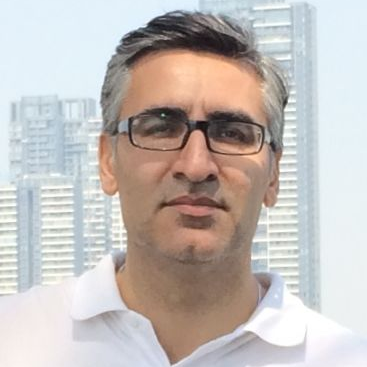Laser Scanning and Point Cloud Processing in Urban Environments
A special issue of Remote Sensing (ISSN 2072-4292). This special issue belongs to the section "Urban Remote Sensing".
Deadline for manuscript submissions: closed (15 July 2022) | Viewed by 20556
Special Issue Editors
Interests: point cloud processing; object detection and classification of MLS and ALS point clouds; 3D modelling of buildings; detection and modelling of infrastructural objects; fusing point clouds with large-scale topographic map data
Special Issues, Collections and Topics in MDPI journals
Interests: photogrammetry; 3D computer vision; remote sensing; machine learning; deep learning; automated interpretation of imagery and point clouds
Special Issues, Collections and Topics in MDPI journals
Interests: 3D vision; LiDAR; mobile mapping; geospatial big data analysis
Special Issues, Collections and Topics in MDPI journals
Special Issue Information
Dear Colleagues,
After a very successful first edition of the Special Issue on Laser Scanning and Point Cloud Classification, in the second edition, we focus on the urban environment. Accurate 3D digital representations play an important role in a wide range of urban applications. Laser scanning is the principal technology for efficient 3D data capture in the form of point clouds. Point clouds can be generated from laser scanners or derived from image matching techniques; specifically, the focus in this Special Issue is on laser scanner point clouds. However, a point is simply a point; it is the context that delivers information on the object behind the point. Research challenges in the field of laser scanning and point cloud processing range from calibration, fusion, interpretation, motion estimation, and modelling, to efficient information extraction, scene understanding, and visualization topics. The scope of this Special Issue is therefore rather broad, in the sense that we would like to include indoor, mobile, and airborne laser scanners in combination with point cloud processing algorithms for applications in the urban environment.
Dr. Sander Oude Elberink
Dr. Kourosh Khoshelham
Prof. Cheng Wang
Guest Editors
Manuscript Submission Information
Manuscripts should be submitted online at www.mdpi.com by registering and logging in to this website. Once you are registered, click here to go to the submission form. Manuscripts can be submitted until the deadline. All submissions that pass pre-check are peer-reviewed. Accepted papers will be published continuously in the journal (as soon as accepted) and will be listed together on the special issue website. Research articles, review articles as well as short communications are invited. For planned papers, a title and short abstract (about 100 words) can be sent to the Editorial Office for announcement on this website.
Submitted manuscripts should not have been published previously, nor be under consideration for publication elsewhere (except conference proceedings papers). All manuscripts are thoroughly refereed through a single-blind peer-review process. A guide for authors and other relevant information for submission of manuscripts is available on the Instructions for Authors page. Remote Sensing is an international peer-reviewed open access semimonthly journal published by MDPI.
Please visit the Instructions for Authors page before submitting a manuscript. The Article Processing Charge (APC) for publication in this open access journal is 2700 CHF (Swiss Francs). Submitted papers should be well formatted and use good English. Authors may use MDPI's English editing service prior to publication or during author revisions.
Keywords
- Point cloud
- Laser scanning
- Classification
- Segmentation
- Calibration
- 3D modelling
- Motion and pose estimation
- Change detection
- Deep learning
- Urban environment







